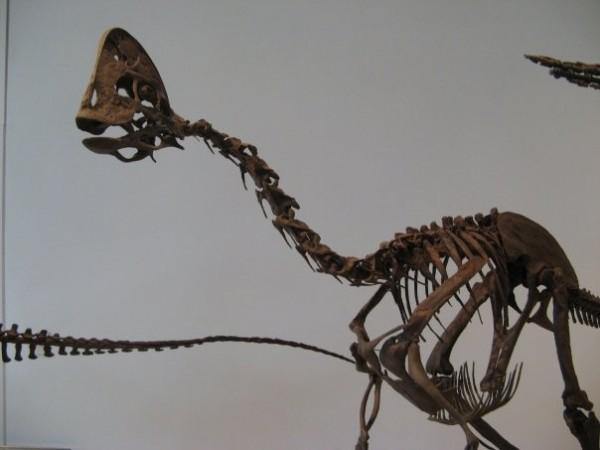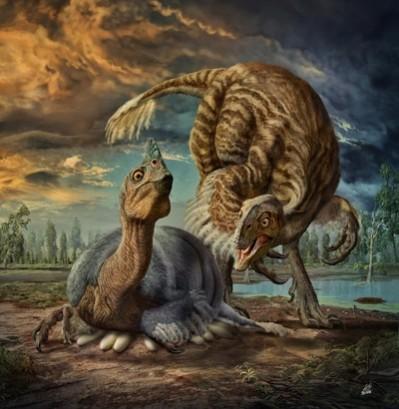
The species of the mysterious 90-million-year-old dinosaur fetus fossil discovered more than 25 years ago in China, which was referred to as Baby Louie, has finally been identified as the oviraptorosaur species.
Also Read: UFO sightings have tripled since 2001! Here's the proof [VIDEO]
This finding was made by dinosaur paleontologist Darla Zelenitsky from the University of Calgary along with the co-authors.

The oviraptorosaurs were strange looking bird-like dinosaurs with parrot-like skulls, feathers which stood on two feet and existed between 130 and 65 million years.
This dinosaur species is scientifically named Beibeilong sinensis which means "baby dragon from China". This ancient fetus was found in a rock formation which was present in the western region of China's Henan Province in 1993, referred to as Baby Louie.
The Baby Louie fossil comprised of a dinosaur embryo along with six to eight huge eggs – which were reach around 45 centimetres long -- that were scientifically named Macroelongatoolithus, which stands for large elongate stone eggs.
"Although the identity of the dinosaur embryo could not be determined due to its state of preservation, I had recognized that the large eggs in the nest belonged to an oviraptorosaur, based on various characteristics of the eggshell. This meant that Baby Louie's parents must have been truly gigantic, far larger than any known oviraptorosaur species at the time," says Zelenitsky, who is an assistant professor in the Department of Geoscience, University of Calgary.
"In the absence of a formal identity, the specimen became known as Baby Louie," a nickname given by Charlie Magovern, who first exposed the fossil after it came to the United States.
These eggs were previously thought to be laid by tyrannosaur as fossils resembling to tyrannosaur were also found during the time Baby Louie was unearthed.
The Baby Louie fossil is considered to be very fascinating as it found at the exact moment it was hatching, a BBC report revealed.
The fossil was sent to China's Henan Geological Museum in 2013.

















